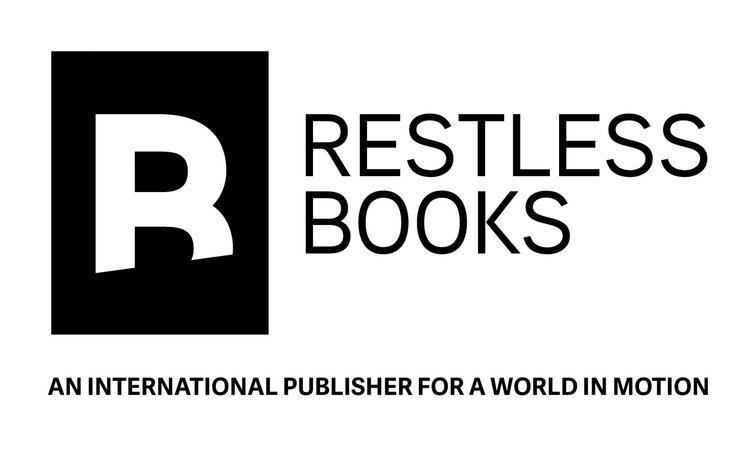Reading
An exasperated friend met me for lunch a few weeks ago with this book wrapped in a black plastic bodega bag to protect it from the rain. Thrusting it into my hands, she said, “Jack, you have to read this guy,” as if I didn’t work for a publisher of international literature–as if, for that matter, I didn’t read novels. Still, though: however popular the book has been, I had not read it, and I was due, so I have.
The Wind-up Bird Chronicle seems to me archetypal (which is to say, immaculate) Murakami and shares elements with much of his other work: an apparently ordinary narrator encountering extraordinary people (mostly women) and somehow inspiring them to spill their bizarre backstories at length; the danger of emotional oblivion lurking in the metaphorical form of deep dry wells; Japanese culture infused with Western pop references (one of my favorite images involves a sumo wrestler wearing a beret); characters who say exactly what they mean and mean exactly what they say; a certain mystical quality saturating everything; and periods of listlessness and malaise punctuated by outbursts of unspeakable violence.
Murakami now stands on his own in our literary sphere, and I won’t reach for an English-language author as a forced point of comparison, as many often do. But as in a Pynchon or Foster Wallace novel, there seem to be numerous connections between things in The Wind-up Bird Chronicle (watery imagery, a particular bird call, a baseball bat, and a marked face all eerily recur in apparently unrelated environments, further buttressing a supernatural atmosphere) and hardly any sincere connections between people; in fact, if this meandering story has any focus at all, it would be the impossibility of knowing another person fully, something the protagonist recognizes when his wife abruptly leaves him.
I didn’t feel at all disappointed when the second half of the book dissolved into occult incoherence. I don’t believe minimalism is suitable as a literary style for today’s world, and with so much going on in this text (a psychic underworld, the legacy of Japanese aggression in World War II, shadowy politics, marital failure, and more), the supposed plot and structure are sufficiently messy for my tastes. Still, the prose–cleanly rendered by Jay Rubin, who also translated Norwegian Wood, after the quake, and IQ84–is anything but and aligns with the narrator’s subdued, passive attitude in such an elegant way that I’m willing to make an exception.
–Jack Saul
Looking
I attended the Whitney Museum Biennial exhibit this past weekend; being a lover of classical Renaissance portraiture and Impressionistic texture in paintings (perhaps, to a slightly snobbish degree), I was surprised and impressed by how well I responded to the mostly abstract, contemporary art on display here. The exhibit, showcasing 103 US-based modern artists (including literary giant David Foster Wallace) working in a variety of oft-unconventional media, is on display until May 25th–and certainly worth the trek to the Upper East Side.
Highlights: Joel Otterson's sculptural chandeliers; Keith Mayerson's behemoth "mural" of oil paintings; Shio Kusaka's delicate and minimalistic ceramics
–Brinda Ayer
Learning
In a lively discussion over lunch, upcoming Restless author Orlando Luis Pardo Lazo helped further educate us on the current state of affairs in Cuba, from the lack of ebooks to the country’s political future. Look out for video features of our conversation with Lazo, coming soon on the Restless Blog!
–Alex Sarrigeorgiou
(Related reading: The Internet in Cuba: 5 Things You Need to Know)

